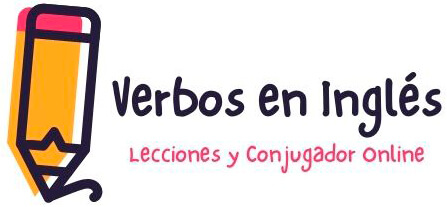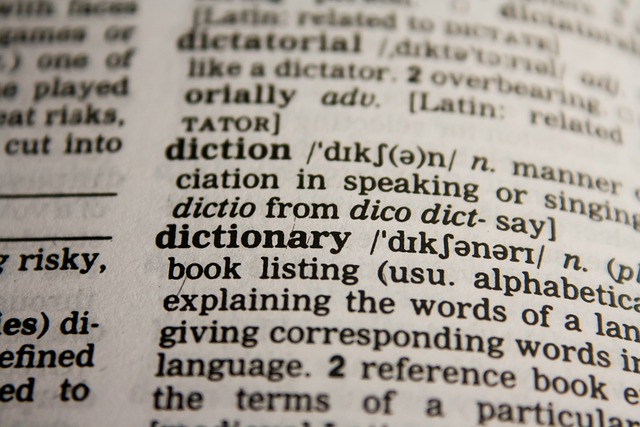El uso de «there is» y «there are» es uno de los temas más importantes en el aprendizaje del inglés básico. Estas expresiones se utilizan para indicar la existencia de algo en un lugar o momento determinado. En este artículo, aprenderás a usar «there is» y «there are» en futuro y cómo distinguir entre sustantivos contables e incontables en inglés.
¿Qué son «there is» y «there are»?
Las expresiones «there is» y «there are» se utilizan para indicar la existencia de algo en un lugar o momento determinado. «There is» se utiliza para referirse a un solo objeto o persona, mientras que «there are» se utiliza para referirse a más de uno.
Ejemplos:
- There is a book on the table. (Hay un libro en la mesa.)
- There are two pens on the desk. (Hay dos bolígrafos en el escritorio.)
There is y There are en futuro
Para usar «there is» y «there are» en futuro, simplemente debemos agregar «will» antes de la expresión. De esta manera, indicamos que algo existirá en el futuro.
Ejemplos:
- There will be a party next week. (Habrá una fiesta la próxima semana.)
- There will be some new students in our class. (Habrá algunos estudiantes nuevos en nuestra clase.)
Sustantivos contables e incontables
Es importante distinguir entre sustantivos contables e incontables para poder utilizar correctamente «there is» y «there are».
Sustantivos contables
Los sustantivos contables son aquellos que podemos contar, como «books» (libros), «pens» (bolígrafos) o «students» (estudiantes). Para referirnos a ellos, utilizamos «there are» para indicar que hay más de uno, o «there is» para indicar que hay uno solo.
Sustantivos incontables
Los sustantivos incontables son aquellos que no podemos contar, como «water» (agua), «sugar» (azúcar) o «money» (dinero). Para referirnos a ellos, utilizamos «there is» para indicar que hay uno solo, o «there are» para indicar que hay una cantidad indeterminada.
Ejemplos de sustantivos contables e incontables
- There is a book on the table. (Hay un libro en la mesa.)
- There are two pens on the desk. (Hay dos bolígrafos en el escritorio.)
- There is some water in the glass. (Hay un poco de agua en el vaso.)
- There is a lot of sugar in the recipe. (Hay mucha azúcar en la receta.)
- There are some students in the classroom. (Hay algunos estudiantes en la clase.)
- There is a little money in my wallet. (Hay un poco de dinero en mi billetera.)
Preguntas frecuentes
¿Puedo usar «there is» y «there are» en presente simple?
Sí, «there is» y «there are» se utilizan en presente simple para indicar la existencia de algo en un lugar o momento determinado.
¿Cómo se dice «habrá» en inglés?
«Habrá» se dice «there will be» en inglés.
¿Puedo usar «there is» y «there are» para referirme a personas?
Sí, «there is» se utiliza para referirse a una sola persona, mientras que «there are» se utiliza para referirse a más de una persona.

